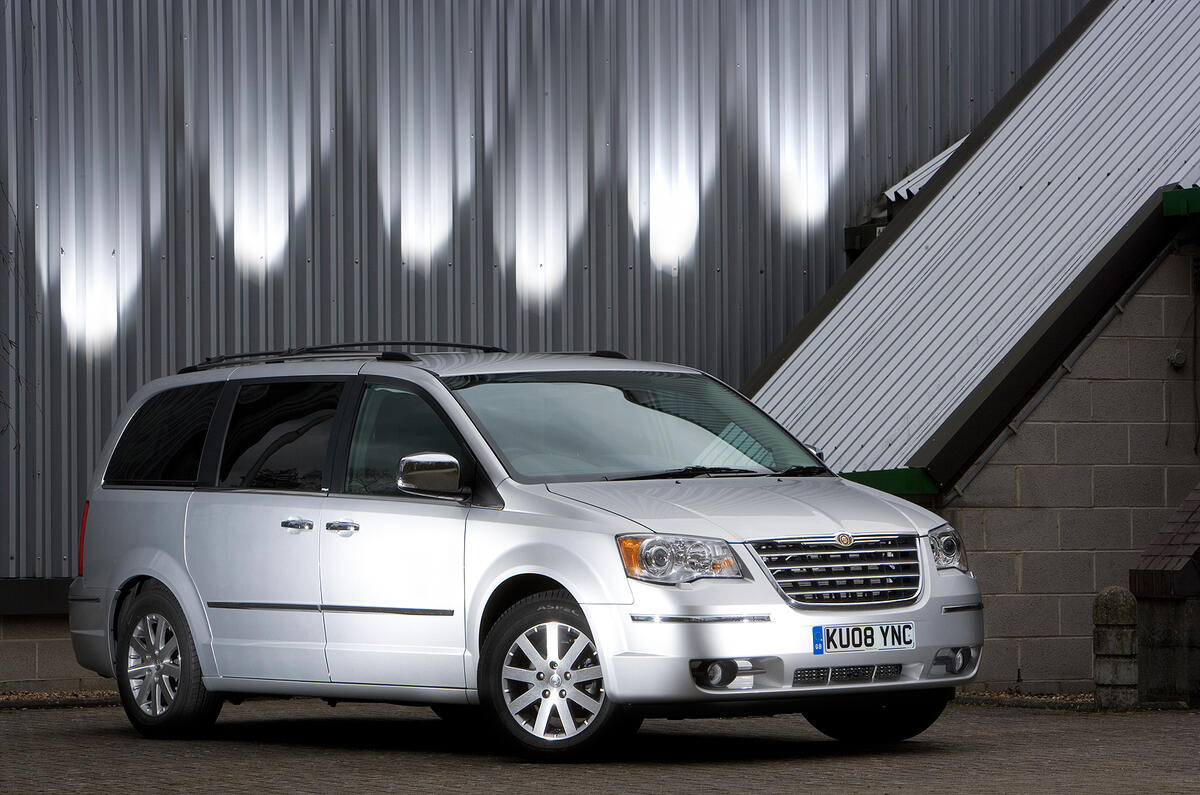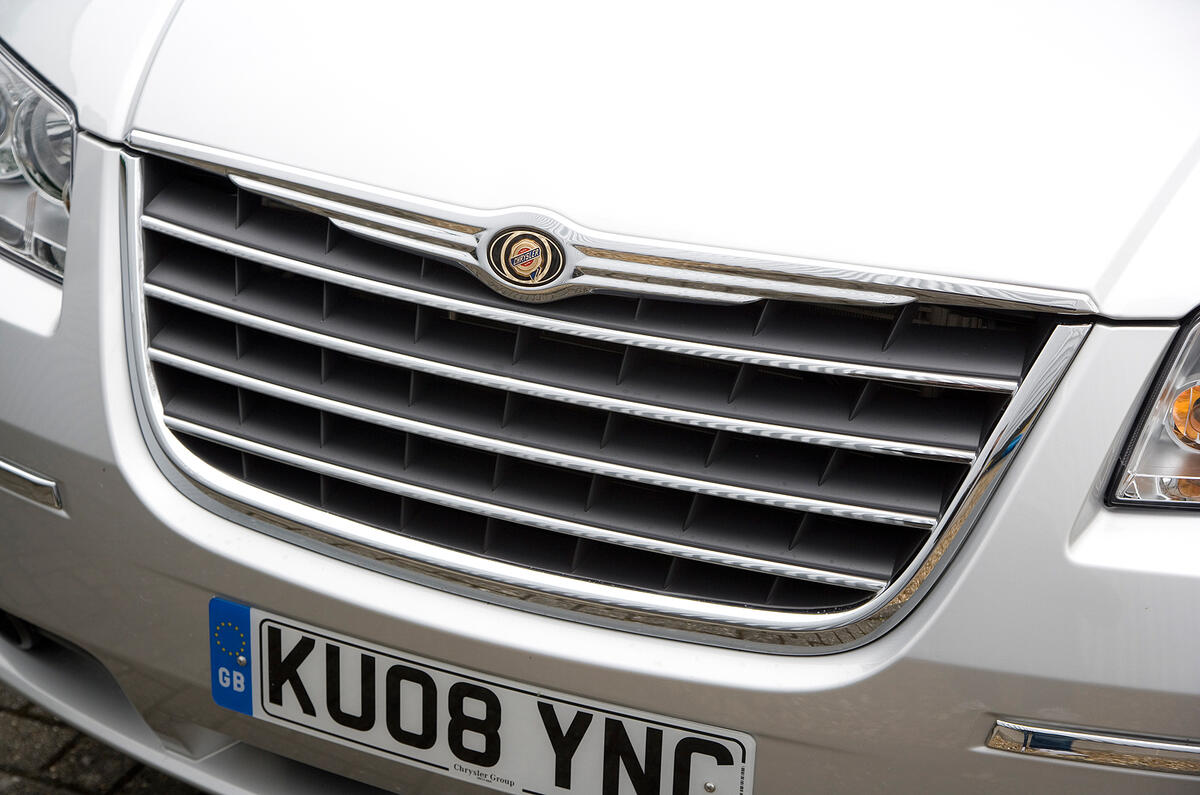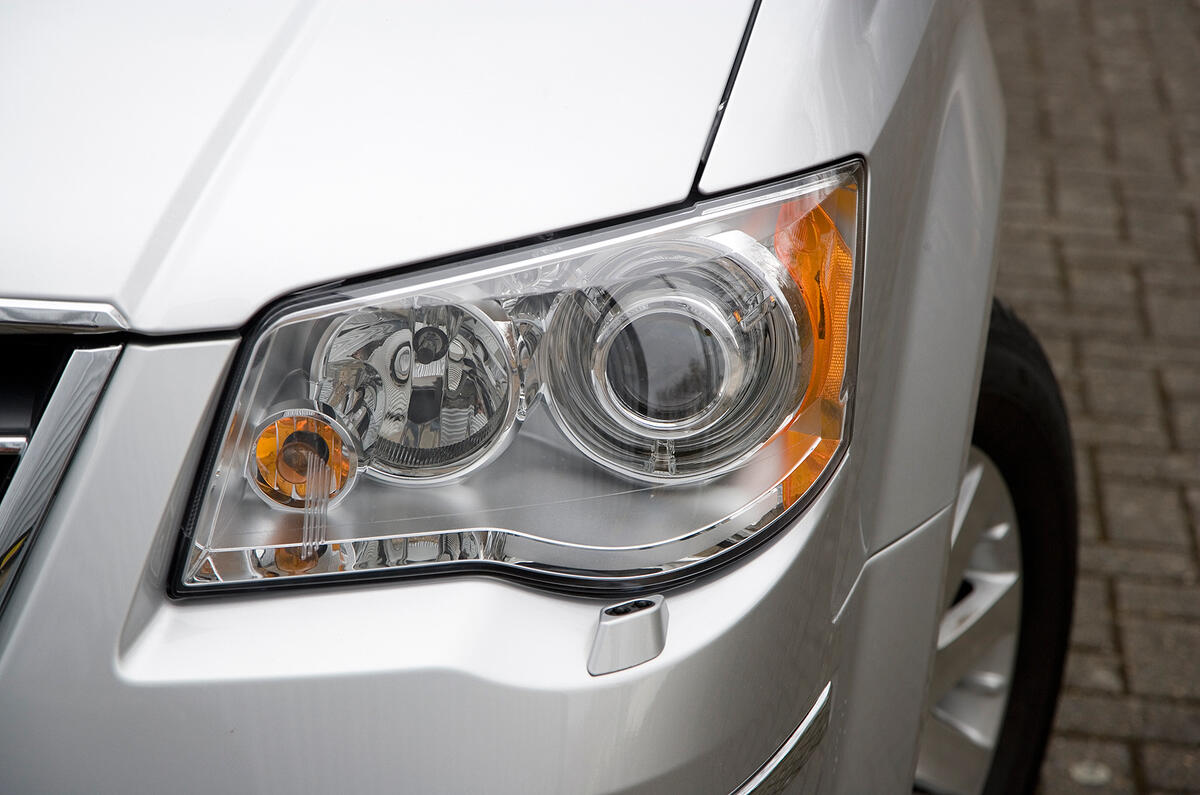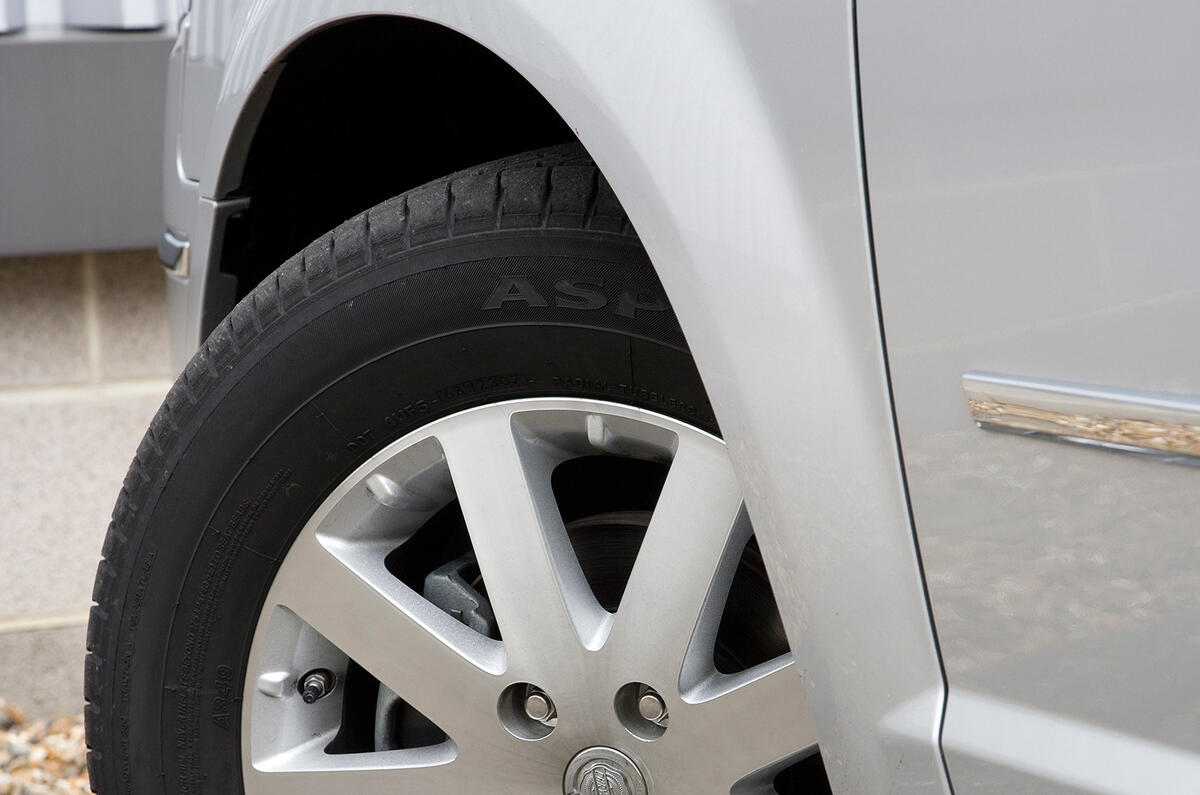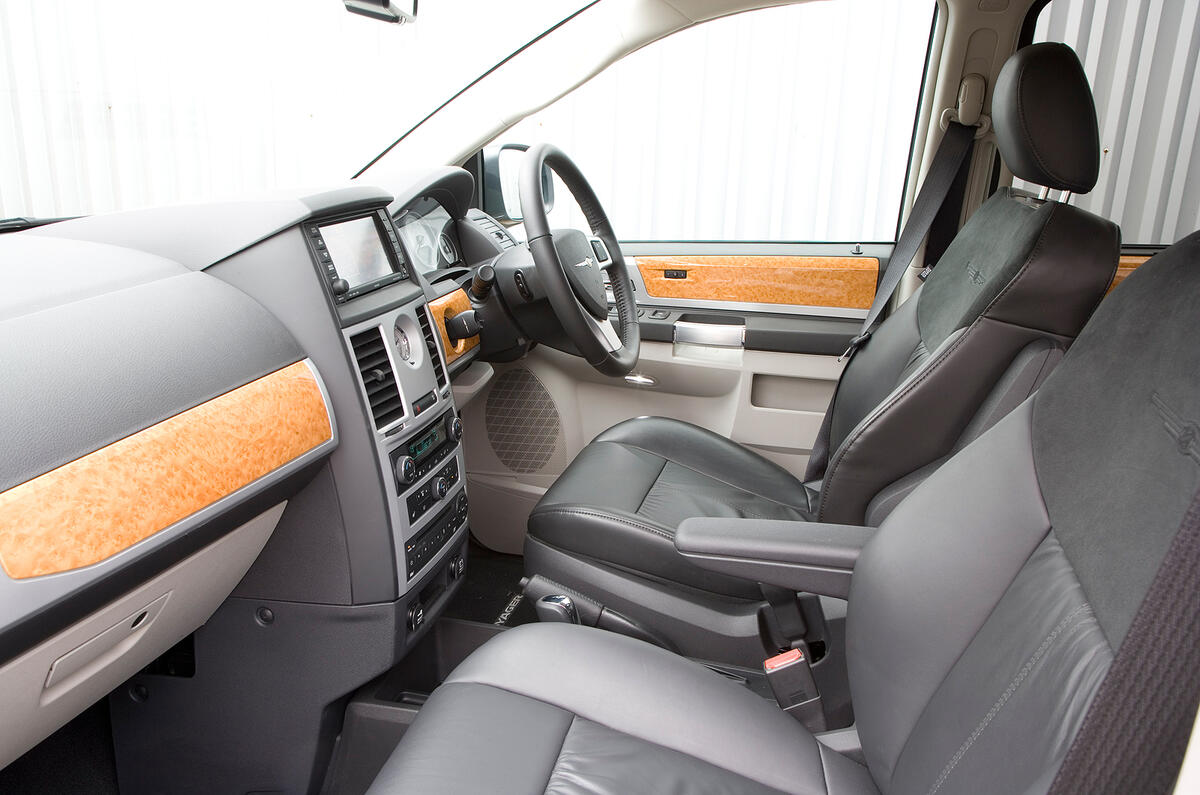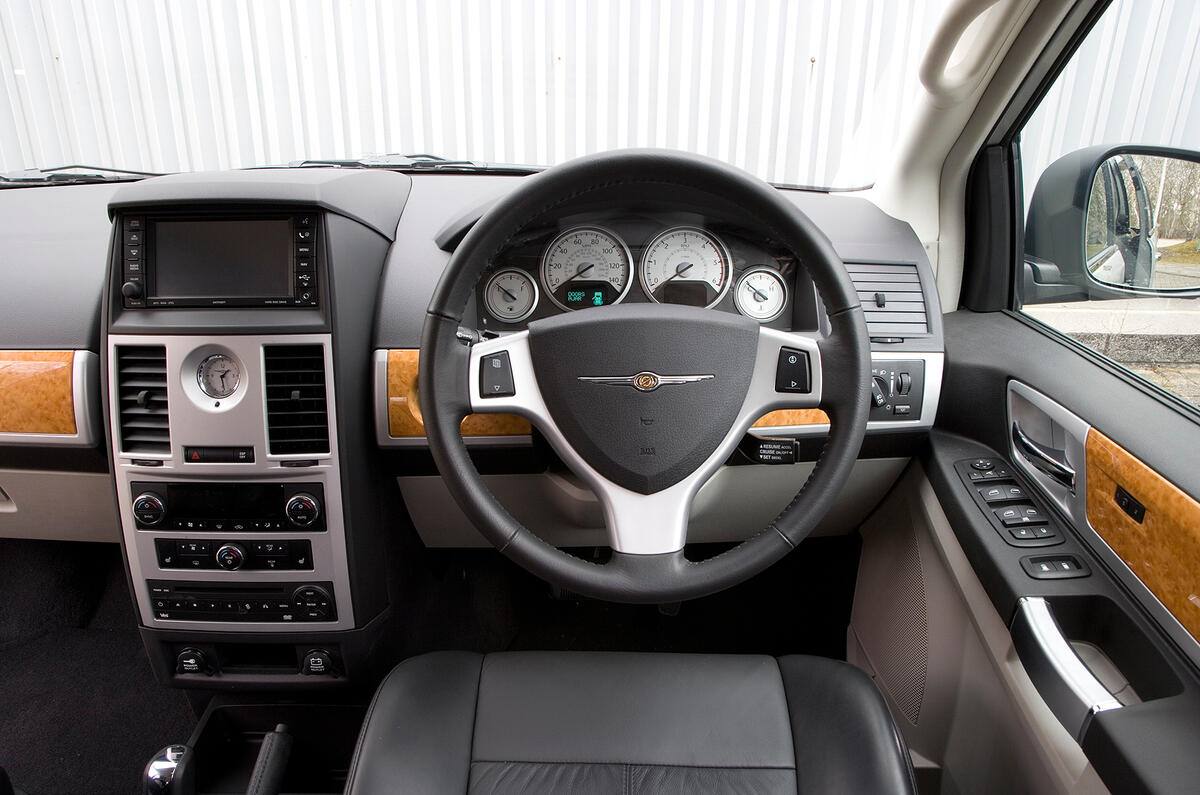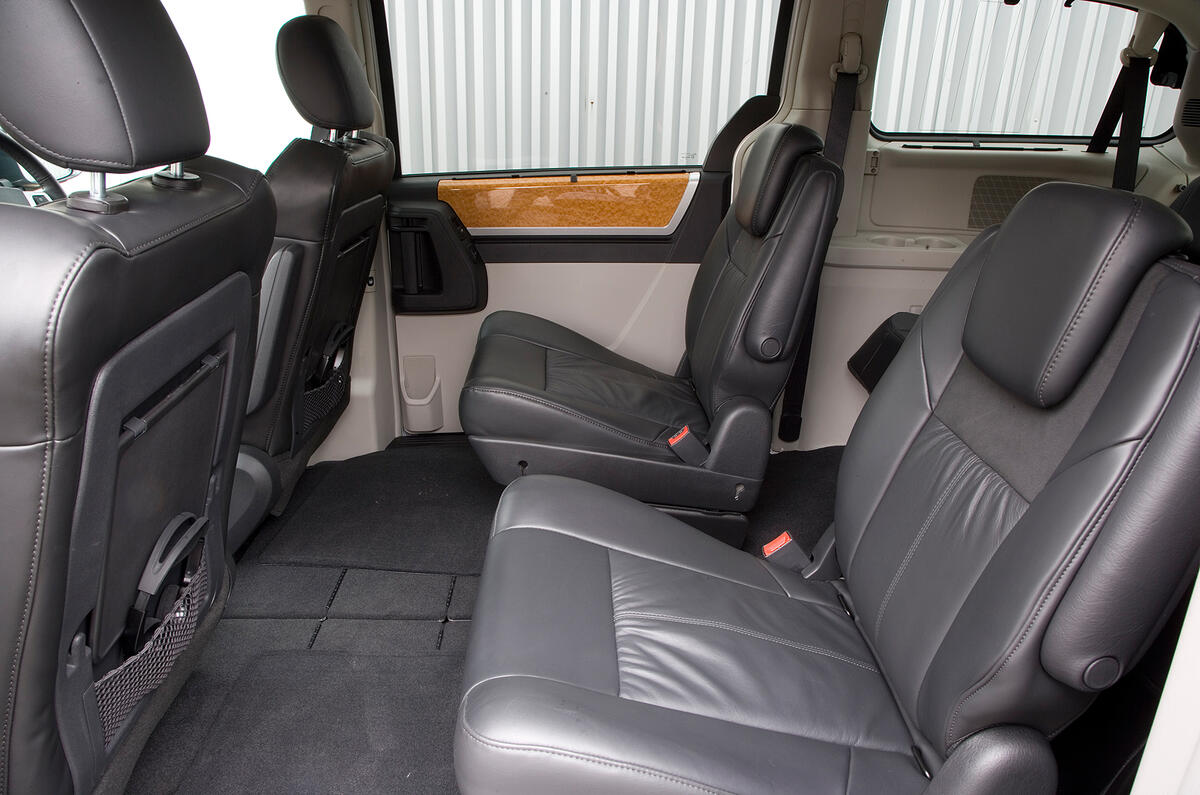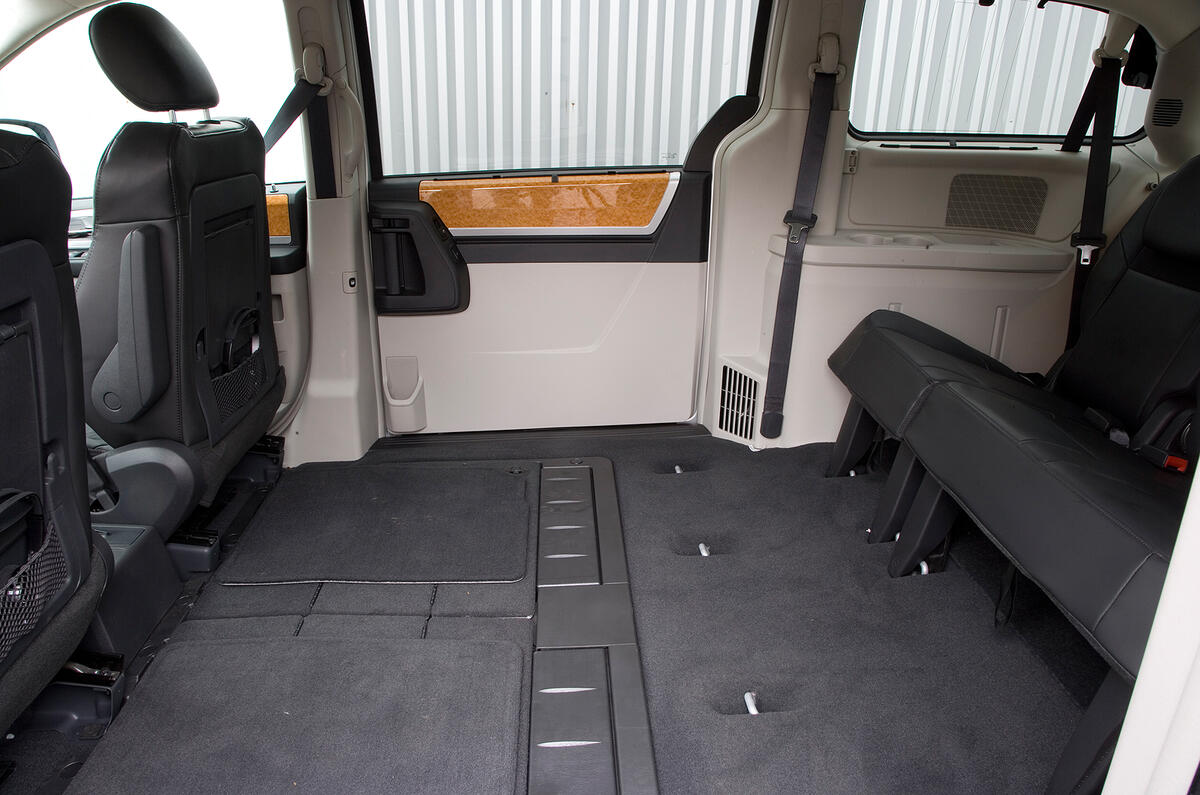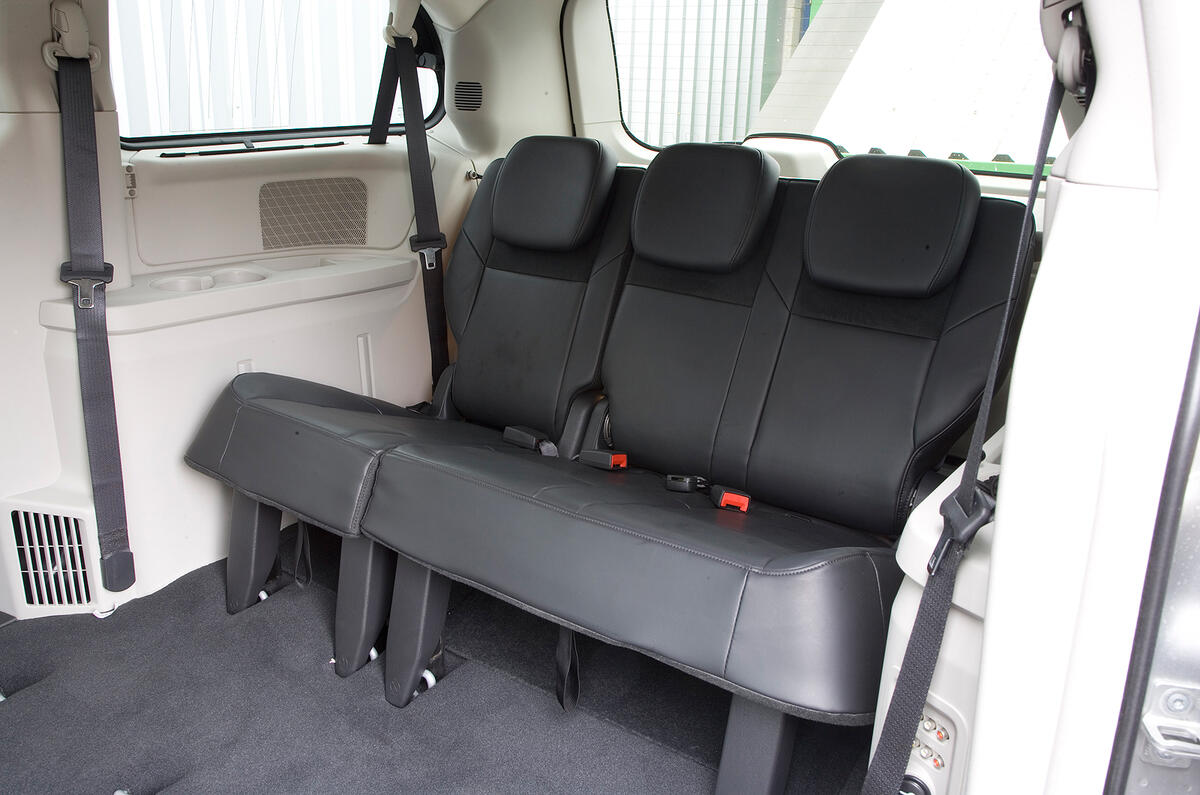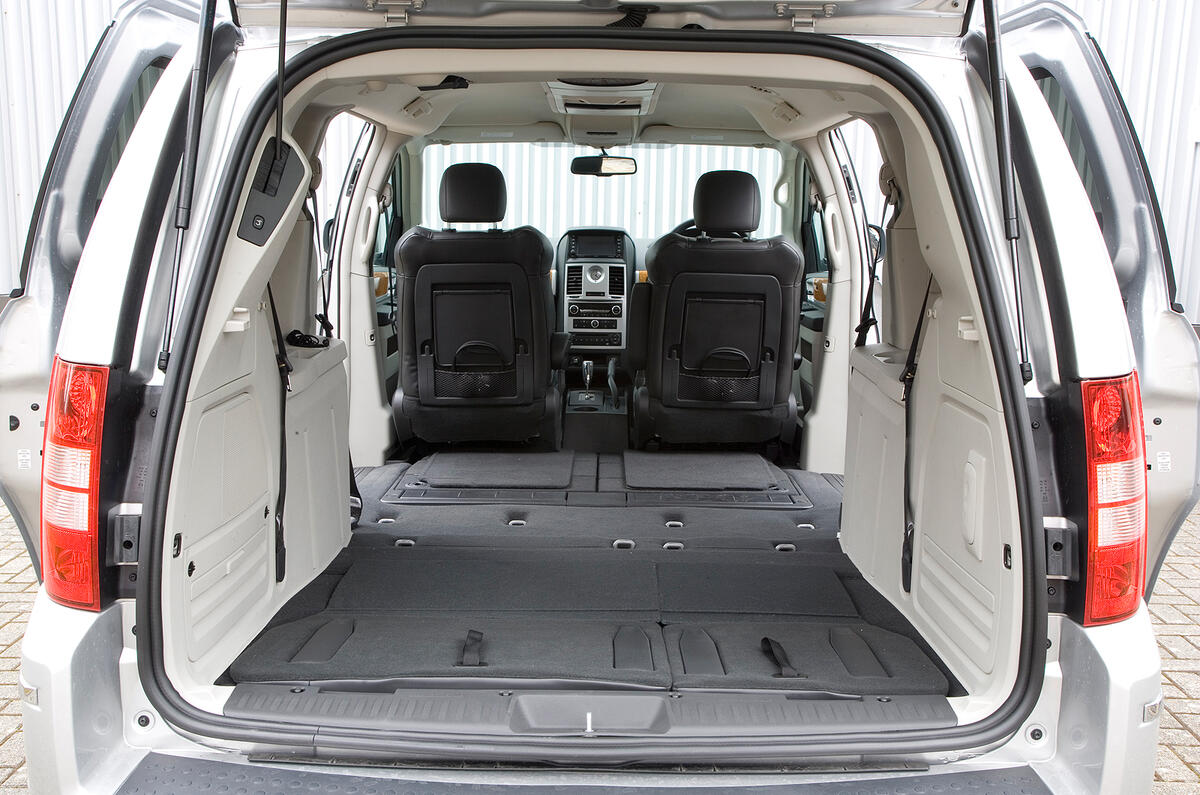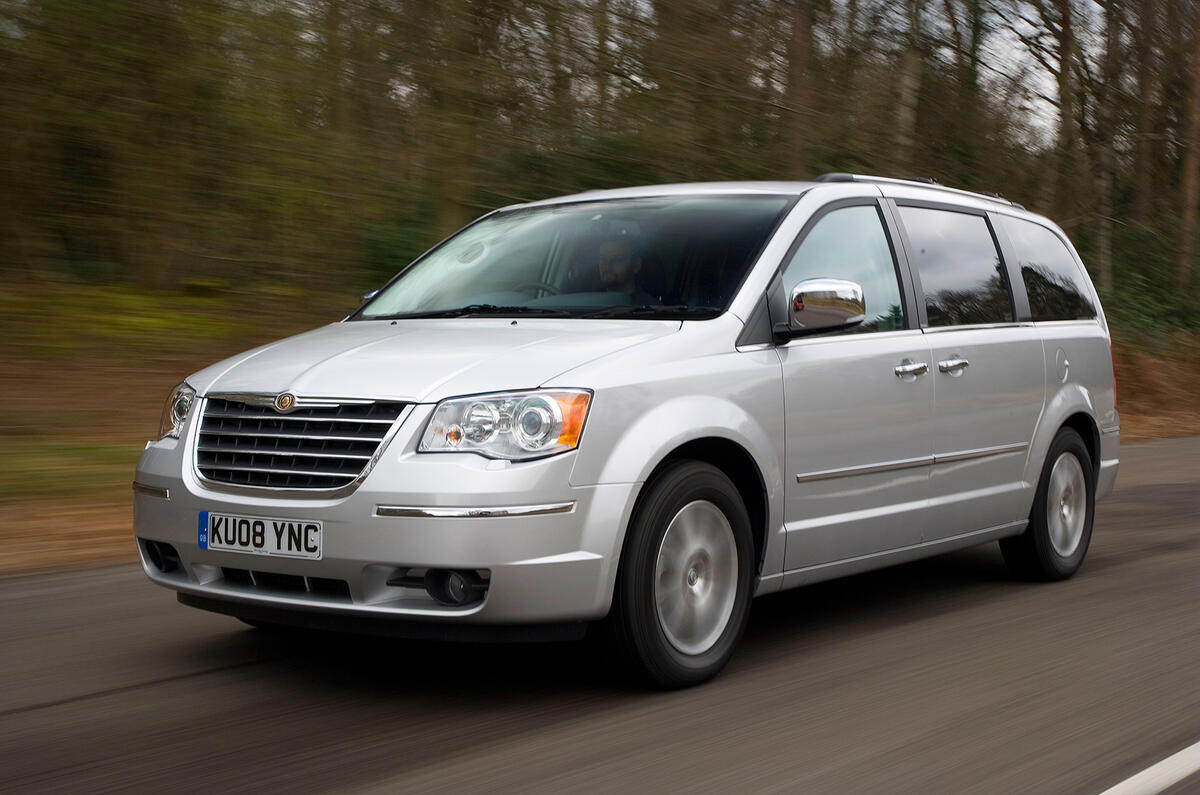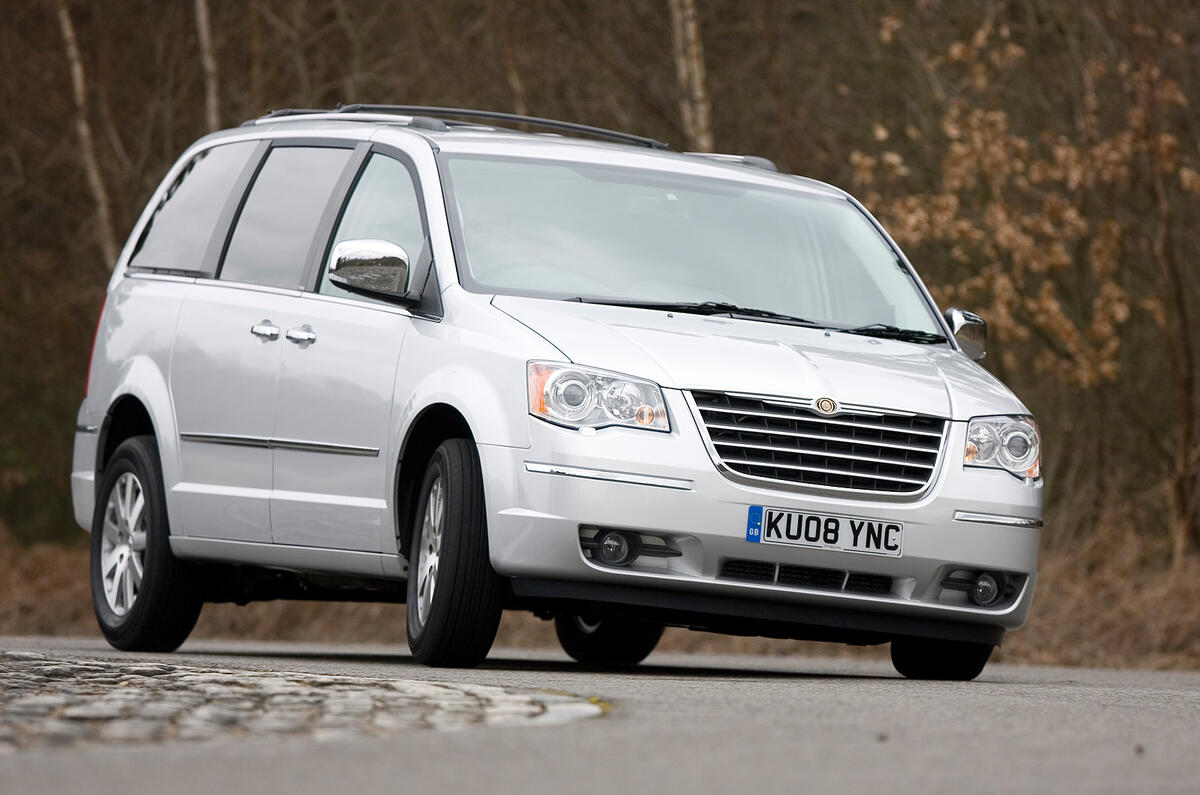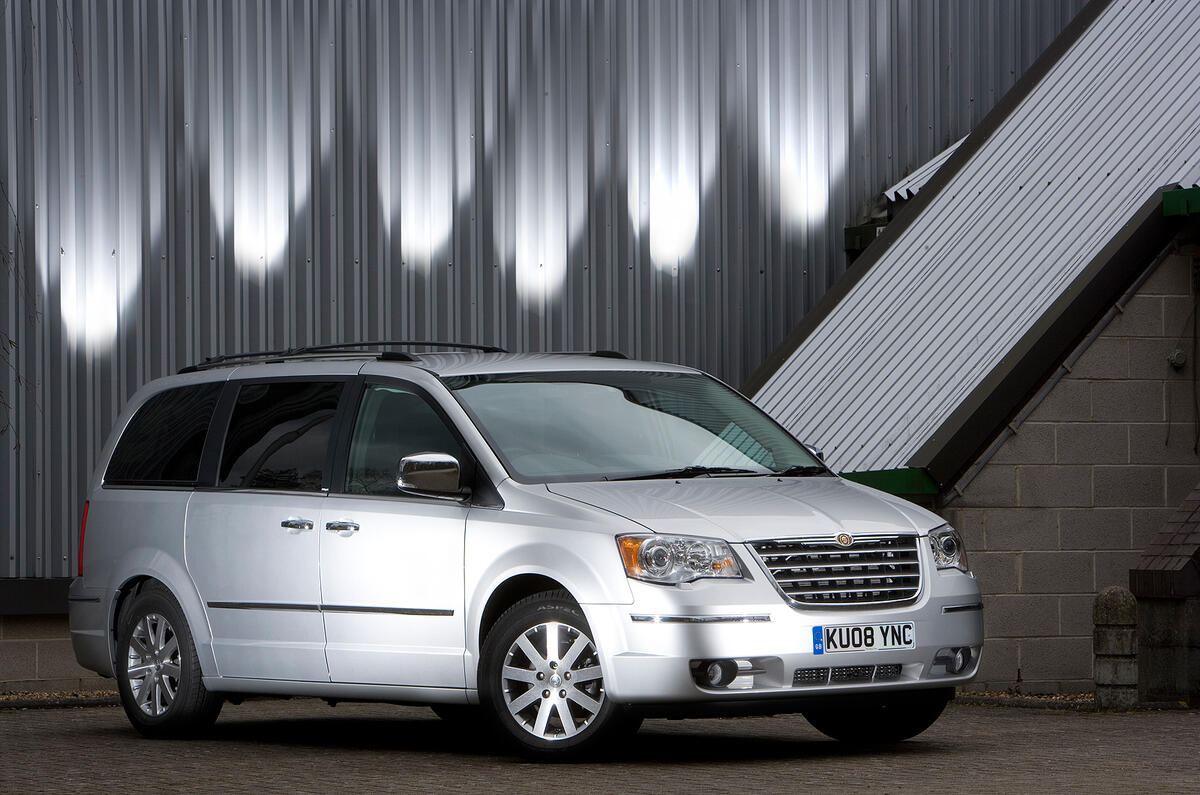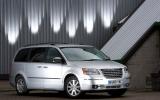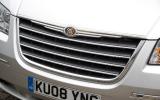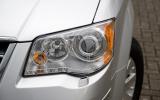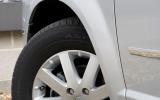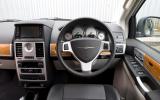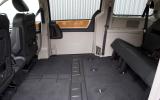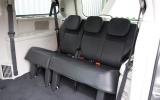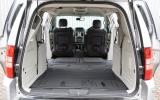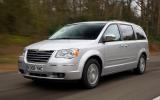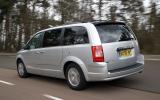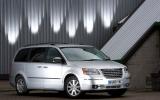So what elements do you need to voyage grandly, to carry you, loved ones and luggage across huge distances in safety and comfort? Large seats? Undoubtedly. Seven of them? Quite possibly. A practical, spacious cabin? Certainly. A refined, frugal engine, smooth drivetrain and cosseting ride? Tick, tick and tick.
This is what the Chrysler Grand Voyager aims to provide and has done so with varying degrees of success throughout its history, which can be traced back to 1984, when it was born a Plymouth.
Its previous iteration, for example, was as spacious as large MPVs get without buying a repurposed van, yet its safety rating was officially dreadful.
Nevertheless, this is a car whose customers appreciate practicality above all else. Buyers overlooked one of the worst Euro NCAP crash tests in history (it scored two stars overall and no points at all for pedestrian protection) when Chrysler introduced seats that folded flat into the floor, and sales went up more than 50 percent.
With this Grand Voyager, first introduced in 2008, Chrysler thinks all the practicality of the lineage is still there, but with extra safety, value and refinement. There’s no plain ‘Voyager’ any more – that was replaced by the Dodge Journey, leaving the seven-seat Grand at the top of the range. Or make that alone at the top of the range, the axing of Dodge in the UK took the Journey with it.


